Planting Ornamental Grass question
grassboro
13 years ago
Related Stories

GARDENING GUIDESNo-Regret Plants: 5 Questions Smart Shoppers Ask
Quit wasting money and time at the garden center. This checklist will ensure that the plants you're eyeing will stick around in your yard
Full Story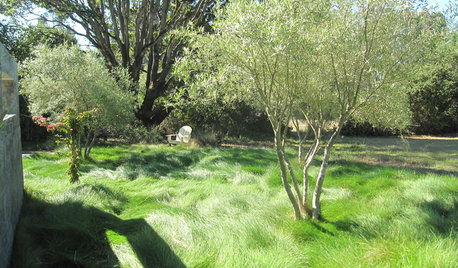
GARDENING AND LANDSCAPING7 Ornamental Grasses for Coastal Gardens
These hardy seashore plants evoke the ocean, sway in the breeze and help prevent sand erosion in the landscape
Full Story
GRASSES10 Ways to Use Ornamental Grasses in the Landscape
These low-maintenance plants can add beauty, texture and privacy to any size garden
Full Story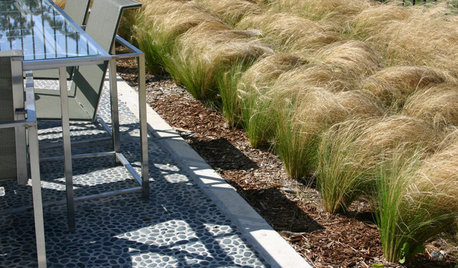
GARDENING AND LANDSCAPINGOrnamental Grasses in the Landscape
Low-maintenance grasses add beauty and motion to the garden
Full Story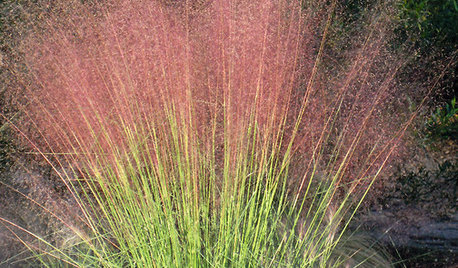
SUMMER GARDENINGGreat Design Plant: Pink Muhly Grass
Bring billowing clouds of pink to your yard with this heat-tolerant, sun-loving ornamental grass
Full Story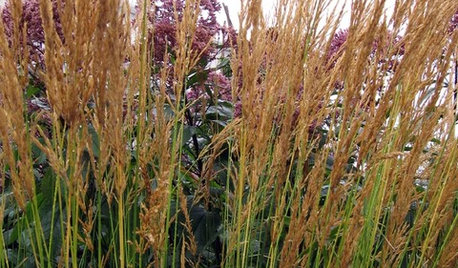
GOLD FOLIAGEGreat Design Plant: Feather Reed Grass
Use this ornamental grass for height, color, texture and motion in your landscape
Full Story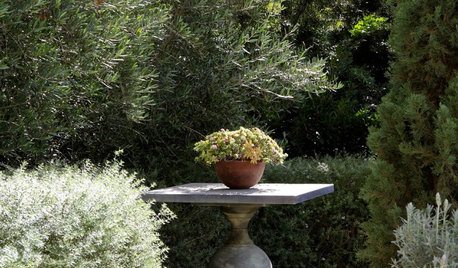
LANDSCAPE DESIGNOrnament Your Garden the Artful Way
Strike the right balance between art and plantings to create a garden that's enjoyably abundant
Full Story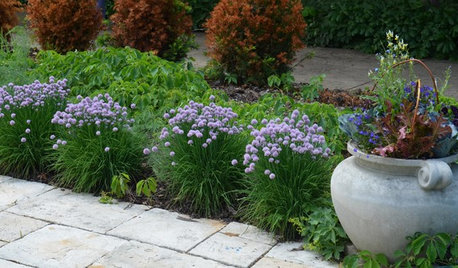
GARDENING GUIDESEdible Plants That Double as Ornamentals
Try growing these tasty plants with your ornamentals for an attractive garden and fresher meals
Full Story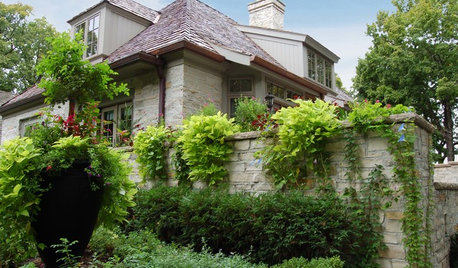
FOLIAGEGreat Design Plant: Ornamental Sweet Potato Vine
Versatile, fast growing, inexpensive and easy on the eyes, ornamental sweet potato vine has it all
Full Story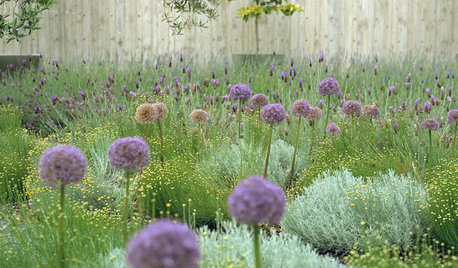
GARDENING GUIDESGreat Design Plant: Ornamental Allium
Lollipop blooms on tall, leafless stems add an architectural element to gardens of all styles
Full StoryMore Discussions







donn_
cactusgarden
Related Professionals
Windham Landscape Architects & Landscape Designers · East Rancho Dominguez Landscape Architects & Landscape Designers · Rossville Landscape Architects & Landscape Designers · Saint Charles Landscape Architects & Landscape Designers · Dudley Landscape Contractors · East Lake-Orient Park Landscape Contractors · Middleton Landscape Contractors · Old Saybrook Solar Energy Systems · Richfield Solar Energy Systems · Delhi General Contractors · Green Bay General Contractors · Groton General Contractors · Oxon Hill General Contractors · Port Saint Lucie General Contractors · Richfield General ContractorsgrassboroOriginal Author
cactusgarden
grassboroOriginal Author
cactusgarden
bluebird47443
donn_
charle7
cactusgarden